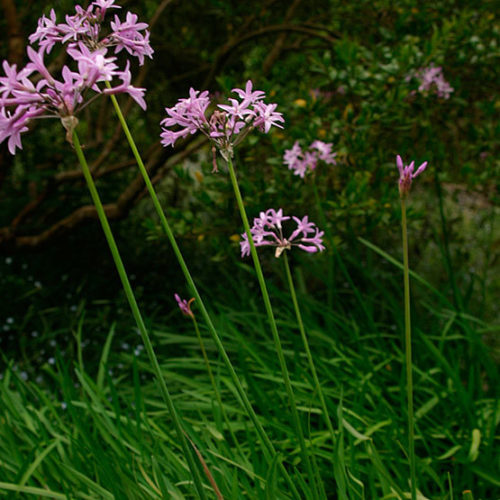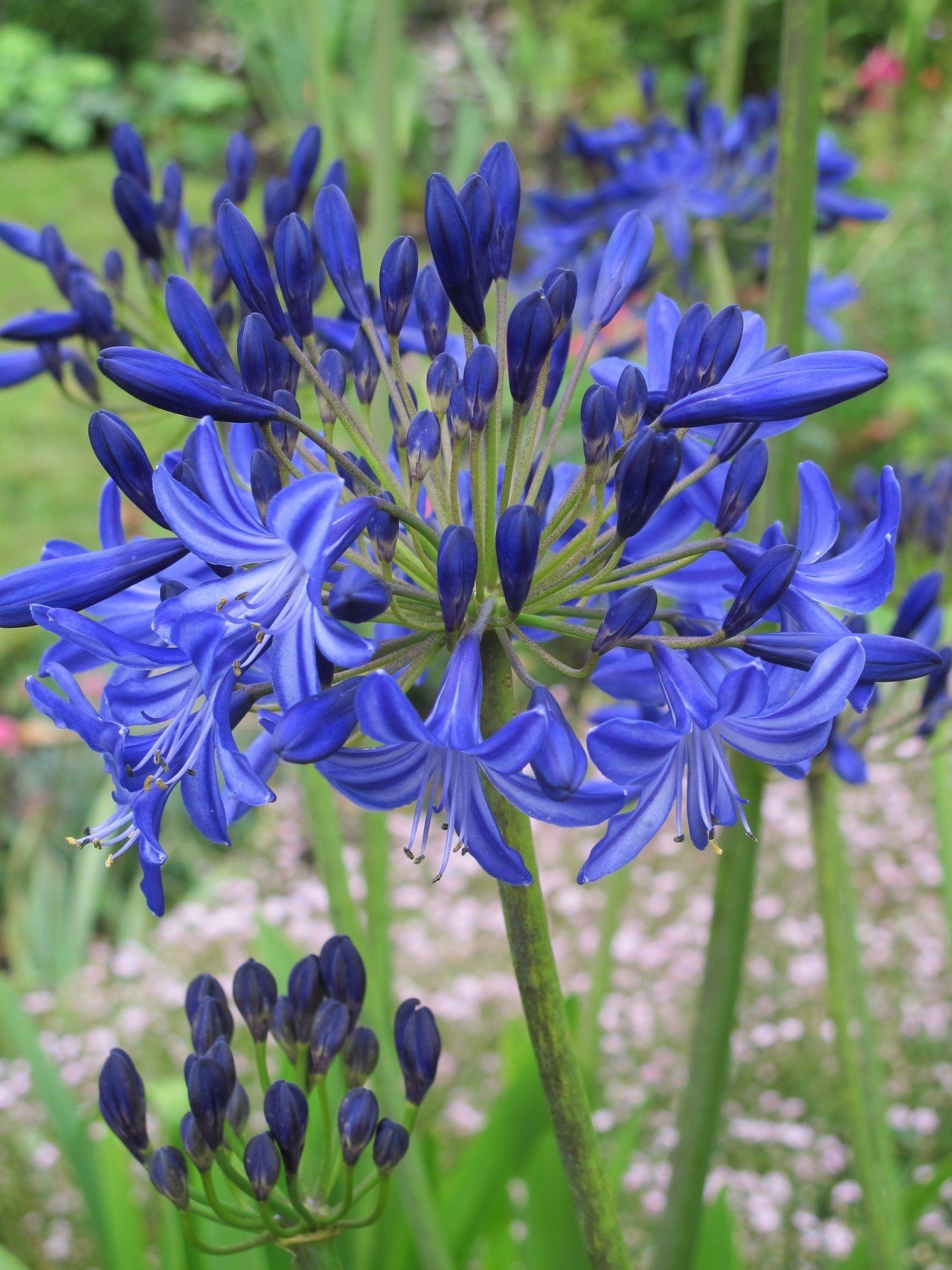Magnificent Agapanthus: Enhancing Your Yard's Appeal
Magnificent Agapanthus: Enhancing Your Yard's Appeal
Blog Article
Unleashing the Secret to Effective Agapanthus Cultivation: Tips and Tricks for a Flourishing Garden
In the world of gardening, growing agapanthus effectively needs a tactical approach that includes numerous elements of plant care. By understanding the subtleties of agapanthus growing, one can develop an environment where these plants prosper and bloom generously.
Planting Agapanthus: Best Practices
When growing Agapanthus, correct soil prep work is crucial for guaranteeing successful development and advancement of these gorgeous flowers. Agapanthus, frequently called Lily of the Nile or African lily, grows in well-draining soil with a somewhat acidic to neutral pH degree - Agapanthus. Prior to growing, it is essential to amend heavy clay dirts with raw material such as garden compost or peat moss to enhance water drainage and provide crucial nutrients for the plants
To grow Agapanthus, pick a place that receives full sunshine to partial color, as this will certainly advertise healthy growth and plentiful flowering. Dig an opening two times the diameter of the plant's root sphere and position the Agapanthus at the same deepness it was previously growing. Delicately backfill the opening with soil, pressing down firmly to get rid of any air pockets around the roots.
Water the freshly grown Agapanthus completely and proceed to maintain the soil uniformly wet, specifically throughout the plant's energetic growing period. Agapanthus. Using a well balanced plant food once a month can further sustain the plant's development and flowering. By following these best practices for planting Agapanthus, you can produce a sensational screen of these exciting blossoms in your yard
Perfect Soil Conditions for Agapanthus
For ideal growth and growing success of Agapanthus plants, making certain the soil problems are suitable is vital. Agapanthus flourishes in well-draining dirt with a somewhat acidic to neutral pH degree varying from 6.0 to 7.0. This kind of soil permits ample water drain, stopping waterlogging which can result in root rot. To boost dirt drainage, take into consideration including raw material such as compost or peat moss when preparing the growing website. Furthermore, Agapanthus prefers dirt that is rich in nutrients, so including a balanced fertilizer during the expanding period can promote healthy and balanced growth and lively blossoms.

Watering and Feeding Tips
To make sure healthy and balanced growth and lively blooms, correct watering and fertilizing techniques are essential for effective Agapanthus farming. Agapanthus plants profit from routine watering, especially throughout click here now the growing period.
When it pertains to feeding Agapanthus, a balanced plant food with equal parts nitrogen, phosphorus, and potassium can be used in the spring to promote healthy growth and blooming. Slow-release plant foods are perfect for offering nutrients gradually over an extensive duration. Prevent over-fertilizing, as this can lead to extreme vegetation growth at the expenditure of blossoms.
Furthermore, incorporating raw material like garden compost into the dirt can improve nutrient degrees and improve dirt framework, aiding in the total health of the Agapanthus plants. By complying with these watering and feeding ideas, gardeners can guarantee their Agapanthus plants thrive and generate stunning display screens of blossoms.
Pruning and Deadheading Methods
Correct pruning and deadheading strategies play an important role in preserving the health and visual appeals of Agapanthus plants, matching the vital practices of watering and fertilizing image source for effective cultivation. Trimming Agapanthus includes eliminating spent blossom heads, dead or yellowing leaves, and general shaping of the plant to promote far better development. Deadheading, the procedure of getting rid of faded flowers, not just boosts the plant's look but likewise motivates additional growing.
When deadheading Agapanthus, it is advisable to clip off the blossom stem at the base utilizing sharp, Recommended Reading clean shears. This process reroutes the plant's energy from seed manufacturing back right into origin and foliage growth, advertising a healthier and a lot more durable plant. Regular deadheading can prolong the growing duration of Agapanthus and prevent self-seeding, which can result in congestion.
In terms of pruning, Agapanthus normally gain from a light trim after flowering to clean the plant and urge fresh growth. Cutting down the invested blossom stems and getting rid of any type of broken or dead vegetation assists keep the plant's vitality and total look. Nonetheless, it is necessary to prevent reducing into the crown of the plant, as this can compromise its wellness.

Protecting Agapanthus From Pests and Diseases
Carrying out efficient insect and condition administration approaches is important to guarding the health and wellness and vigor of Agapanthus plants in farming. One common bug that influences Agapanthus is the Agapanthus borer, a caterpillar that tunnels into the plant, triggering damages to the leaves and blossoms.
Along with pests, Agapanthus are at risk to diseases such as origin rot and fungal leaf spots. These concerns can typically be prevented by guaranteeing correct drainage and preventing overwatering. If indicators of disease show up, affected components of the plant need to be promptly eliminated to avoid additional spread. Fungicides may also be used as a therapy measure, following the manufacturer's instructions thoroughly. By remaining attentive and resolving bug and illness problems quickly, garden enthusiasts can help their Agapanthus grow and grow.

Final Thought
In verdict, successful farming of agapanthus calls for proper growing methods, perfect dirt conditions, sufficient watering and feeding, regular trimming and deadheading, and protection from insects and conditions. By complying with these techniques and ideas, gardeners can guarantee a prospering yard loaded with gorgeous agapanthus blossoms. Agapanthus. Keep in mind to keep regular treatment and interest to information to promote the health and wellness and longevity of these magnificent plants
When growing Agapanthus, proper soil preparation is vital for making certain effective growth and growth of these beautiful flowers.Water the freshly grown Agapanthus thoroughly and proceed to maintain the dirt uniformly wet, specifically throughout the plant's active growing season.For optimal growth and flowering success of Agapanthus plants, making sure the dirt conditions are suitable is vital. When planting or transplanting Agapanthus, make certain the dirt is well-prepared to offer the required foundation for the plants to establish themselves effectively. One usual insect that affects Agapanthus is the Agapanthus borer, a caterpillar that passages into the plant, creating damages to the blossoms and fallen leaves.
Report this page